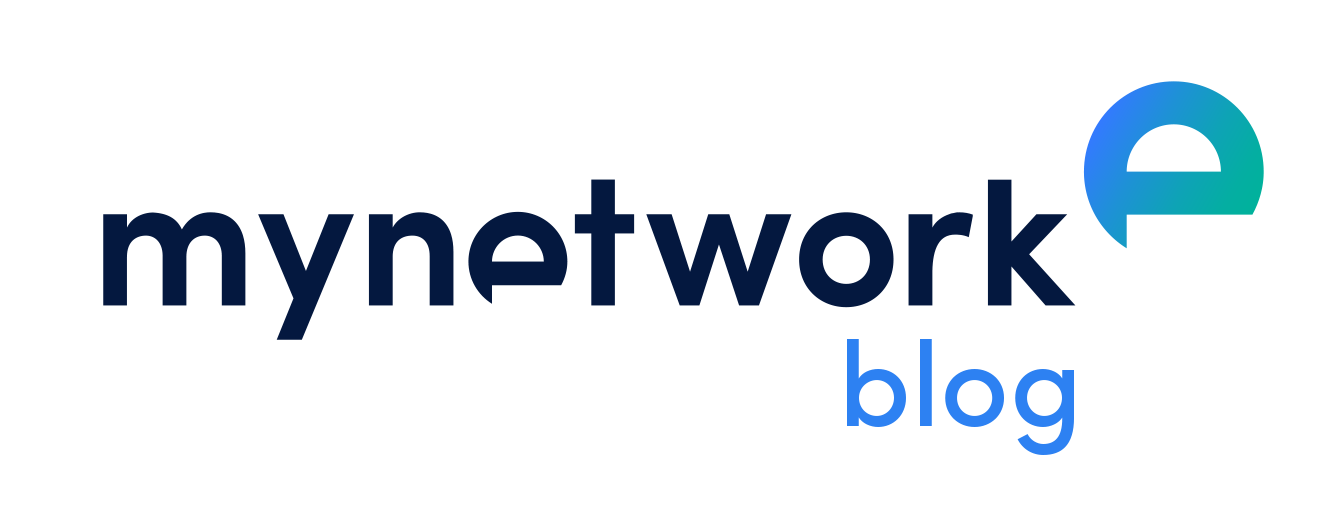Programy well-being w organizacji: przewodnik
W tym artykule dowiesz się:
- czym jest well-being w organizacji
- well-being pracowników – perspektywa przed i po-covidowa
- well-being – czy to chwilowy trend czy całkowita zmiana podejścia
- work-life balance czy work-life blending

Część 1 – dlaczego warto inwestować w programy well-being?
Od momentu wybuchu pandemii i pierwszych negatywnych konsekwencji, jakie wywołała wśród pracowników na całym świecie, well-being stał się jednym z największych trendów na rynkach pracy. Jeśli można mówić o jakichkolwiek korzyściach z COVID-19, to niewątpliwie było to zwiększenie świadomości w zakresie zdrowia i siły oddziaływania środowiska pracy na kondycję pracowników. Czy inwestowanie w programy well-being ma jednak jakiekolwiek uzasadnienie biznesowe, potwierdzone w badaniach? Okazuje się, że całkiem spore.
Czym jest well-being w organizacji?
Według Psychology Today well-being to poczucie zdrowia, szczęścia i dobrobytu, które przejawia się poprzez dobre zdrowie psychiczne, wysoką satysfakcję z życia, poczucie sensu lub celu oraz umiejętność radzenia sobie ze stresem w różnych obszarach życia. Co ważne, to dobre samopoczucie jest efektem myśli, działań i doświadczeń, nad którymi ma się kontrolę. Koncepcja well-beingu zakłada, że na pewne aspekty naszego życia lub sytuacje, które nam się przytrafiają, nie mamy wpływu. Mamy natomiast wpływ na to, jak sobie z różnymi sytuacjami życiowymi (w tym zawodowymi) radzimy. Wielu pracodawców troszczyło się o samopoczucie swoich pracowników jeszcze przed pandemią, ale skala tych działań była zupełnie inna.
Troska o well-being pracowników – perspektywa przed i po-covidowa
Dwa główne czynniki, które zmieniły postrzeganie programów well-being w organizacjach to wzrost poczucia zagrożenia oraz reorganizacja pracy, w tym przede wszystkim przejście w hybrydowy tryb pracy. Po pierwszych, trudnych miesiącach od wybuchu pandemii, kiedy to firmy na szybko mobilizowały siły, szukając sposobów na przetrwanie, przyszedł czas na przyzwyczajenie się do sytuacji i opracowanie nowych strategii rozwojowych. Dla pracowników nie było to jednak tak oczywiste. Psychologiczne skutki pandemii okazały się bardzo dotkliwe. Niepewność, poczucie zagrożenia, osamotnienie, czasem strata bliskich i lęk o nich wzmagały stres, a często prowadziły do stanów depresyjnych. Mimo pozornego powracania do „normalności”, spadała wydajność pracowników.
Dodatkowym utrudnieniem stał się fakt, że dotychczasowe narzędzia motywacyjne straciły swoją moc, bo życia zawodowego nie można było już oddzielić od prywatnego. Benefity nice-to-have, które pracodawcy oferowali przed pandemią, stały się nieaktualne: owoce w biurze, karnety sportowe czy dofinansowanie obiadów w biurowej stołówce przestały mieć rację bytu. Oczekiwania i potrzeby pracowników zmieniły się – aż 72,6% badanych osób uznało, że pracodawca powinien wprowadzić działania mające na celu zaopiekowanie się ich stanem emocjonalnym (częściej były to kobiety). Badania na rynku polskim pokazały, że przed pandemią takie benefity oferowało zaledwie 3% pracodawców.

Inwestowanie w well-being – chwilowy trend czy całkowita zmiana podejścia?
Badanie przeprowadzone na 166 dużych firmach pokazało, że inwestycje w programy well-being wzrosły z 4,9 mln dolarów w 2020 roku do 6 mln dolarów w 2021 roku (średni budżet dużej firmy). Wzrost tych inwestycji ma swoje uzasadnienie w badaniach psychologów, którzy potwierdzili zależność pomiędzy skutecznym wspieraniem samopoczucia pracowników a lepszą wydajnością pracy i niższym poziomem wypalenia zawodowego[1]. Potwierdzają to specjaliści z Gallupa, którzy dowiedli, że osoby deklarujące dobre samopoczucie aż o 81% rzadziej szukają nowych wyzwań zawodowych poza macierzystą organizacją i o 41% rzadziej korzystają ze zwolnień lekarskich, w porównaniu z osobami, które deklarują gorsze samopoczucie. Okazało się, że troska pracodawców o pracowników w czasach pandemii nie może być jedynie dodatkiem do benefitów finansowych. Musi stać się integralną częścią całej strategii opartej o budowanie pozytywnych doświadczeń pracowników (Employee Experience).
Work-life balance czy work-life blending?
Wydaje się, że kierunek w jakim zaczynają podążać firmy, które troszczą się o swoich pracowników w zakresie wspierania ich zdrowia psychicznego i samopoczucia, może przynieść im korzyści na wielu polach: szczęśliwy i zrelaksowany pracownik lepiej zadba o klientów i bardziej zaangażuje się w swoją pracę, co przełoży się na wyniki finansowe firmy. Dostrzeżenie tej zależności jest o tyle istotne, że coraz bardziej zaciera się granica pomiędzy pracą a życiem prywatnym. W psychologii biznesu mówi się już rzadziej o zachowaniu work-life balance (które to podejście miało wielu krytyków i dla wielu było nieosiągalne), a coraz częściej o work-life blending. Aby praca i życie prywatne mogły elastycznie się przenikać, potrzebna jest wewnętrzna równowaga i odporność psychiczna, których można się nauczyć. I jeśli pracodawcy chcą mieć zmotywowanych, zaangażowanych, zdrowych i szczęśliwych pracowników, muszą o to zadbać.
Stres jest i będzie częścią naszego życia. Niestety Polacy nie radzą sobie z nim najlepiej. Polska zajmuje 31 miejsce wśród 38 krajów w rankingu dbania o siebie i własny dobrostan. W efekcie skutkuje to rosnącym niezadowoleniem z życia i wypaleniem zawodowym – aż 26,5% pracowników myśli o zmianie pracy z powodu przeciążenia i zmęczenia obowiązkami zawodowymi. Badania pokazują także, że 82% badanych liderów kilka razy w tygodniu sięga po środki uspokajające, alkohol lub inne używki, aby poradzić sobie z niepokojem związanym z pracą. Organizacje muszą więc podejść do kwestii związanych z well-beingiem kompleksowo i systemowo, czyniąc z nich ważną część strategii biznesowej.
O tym, jak to zrobić i jak zachęcić pracowników do korzystania z proponowanych narzędzi, piszemy w kolejnych częściach przewodnika.
_____________
[1] Oprac. na podstawie: https://hbr.org/2021/09/lets-redefine-productivity-for-the-hybrid-era



